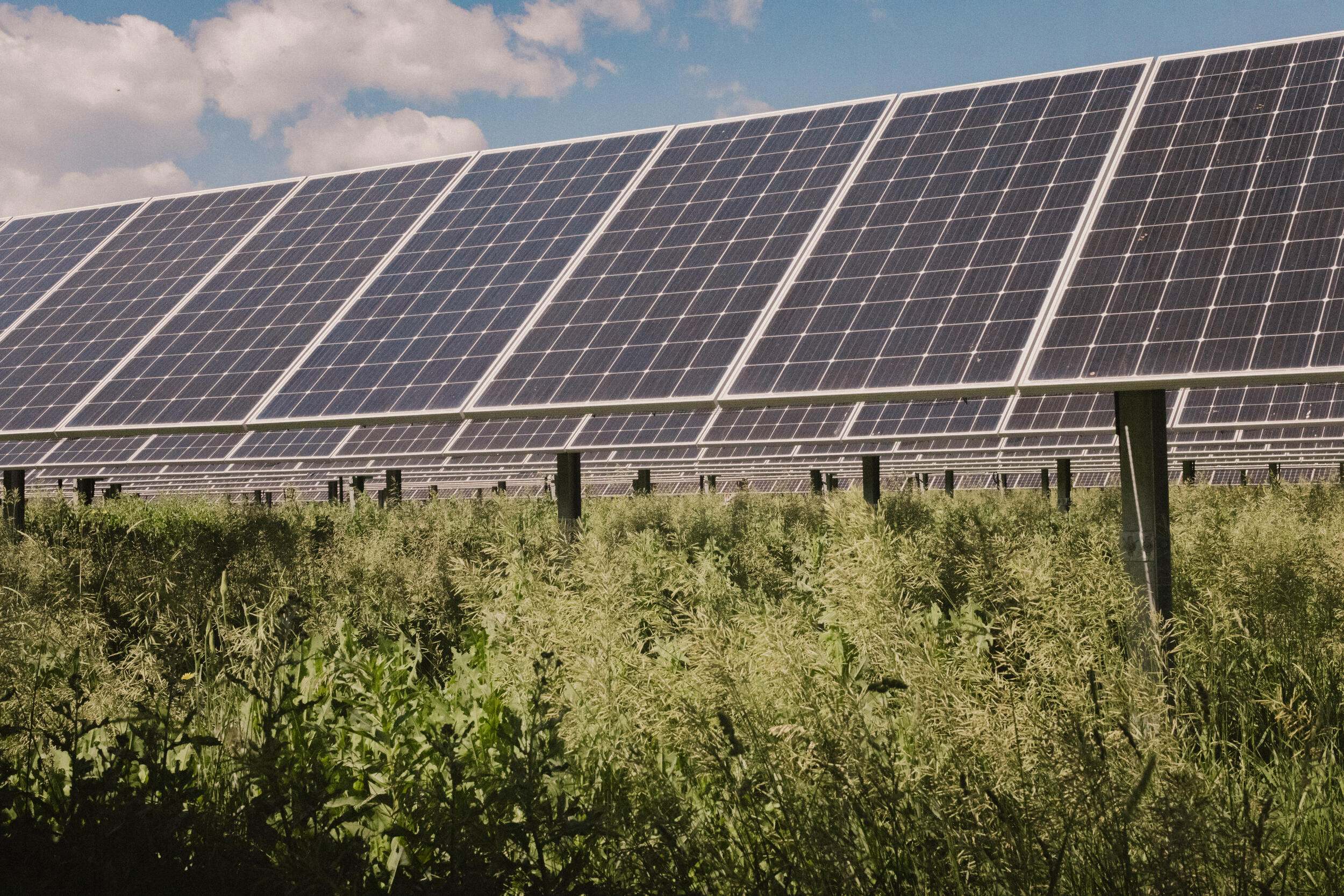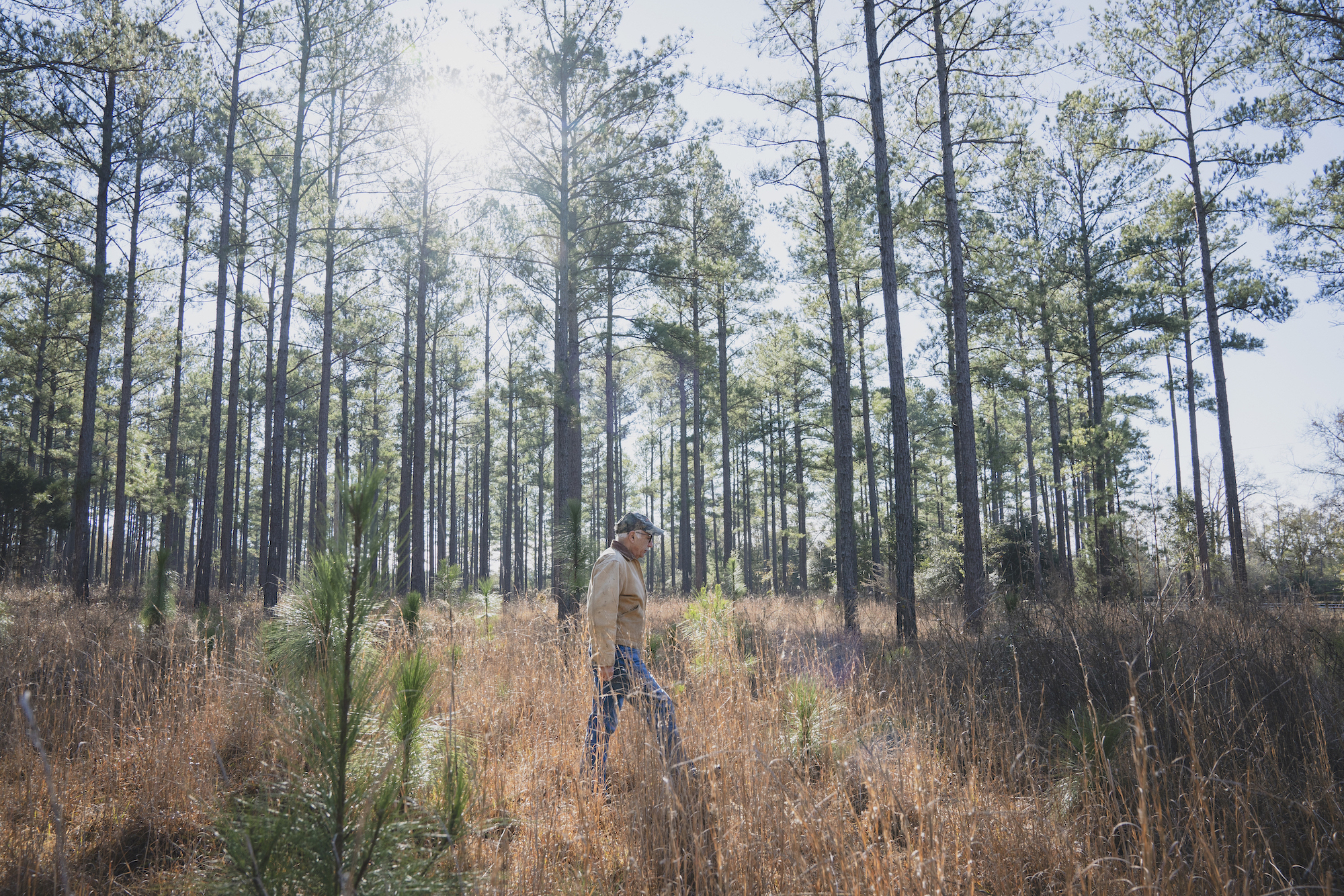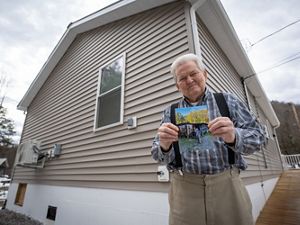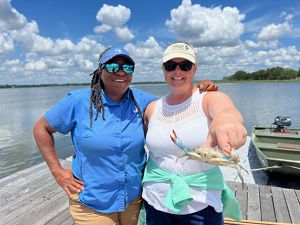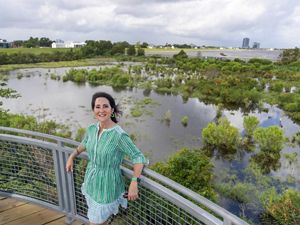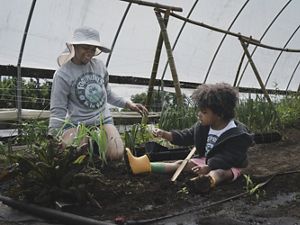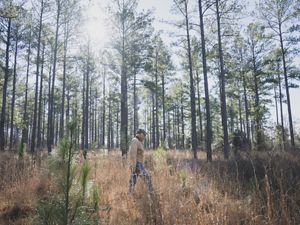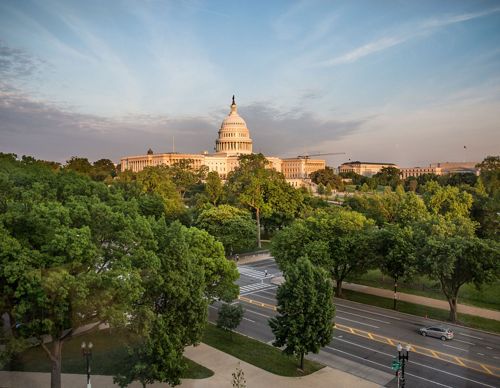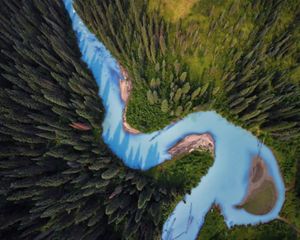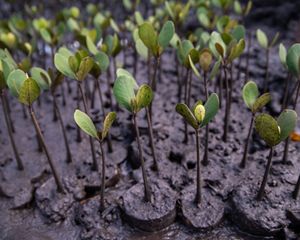To solve the climate crisis, we know we need “clean” energy. So, more wind and solar power and less fossil fuels. Clean energy can power everything, like the cars we drive and the factories that produce the many things we use in our daily lives.
Clean energy is good for the environment because it does not emit harmful greenhouse gases. It is also good for our health. It helps keep the air we breathe clean, which is welcome news for people who have asthma or are at risk of heart attacks. Clean energy also creates hundreds of thousands of jobs, like making renewable energy components and installing solar panels.
Plus, it's something we can rely on forever. Wind and sunlight don’t run out.
Learn how advancing renewable energy solutions will help us achieve our climate change goals.

